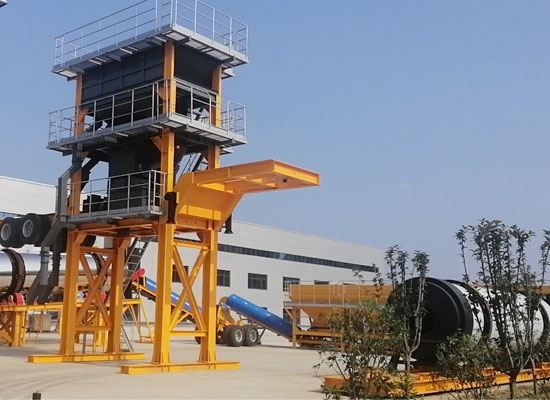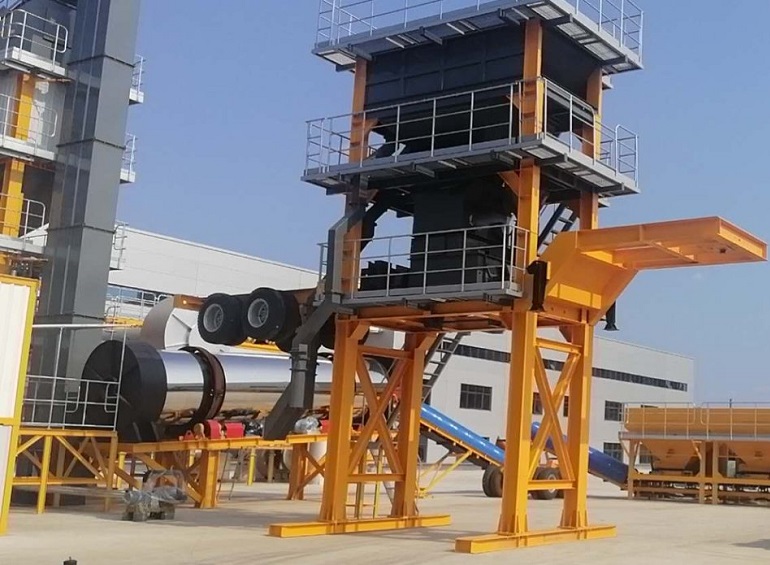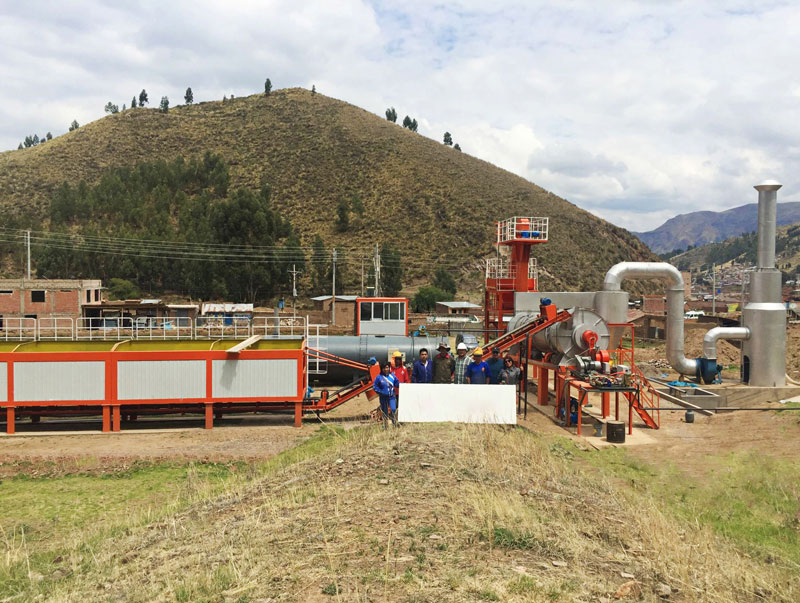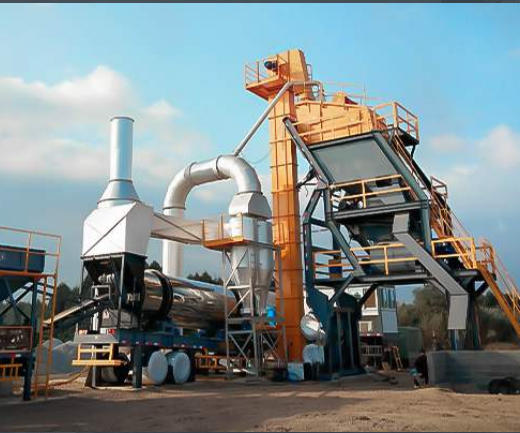Cleaning knowledge of heat transfer oil system in asphalt mixing plant
In order to keep the asphalt at working temperature, we need to heat and insulate the asphalt and asphalt pipeline stored in the asphalt tank. At present, most of the methods used are realized through the heat conduction characteristics of the heat transfer oil, that is, firstly, the heat transfer oil reaches a certain temperature through the heating equipment to make the hot oil circulate in the system and transfer the heat to the asphalt to achieve the purpose of heating up.
Shortcomings of heat transfer oil in use
Because the heat transfer oil is easy to be oxidized during repeated heating, its kinematic viscosity gradually increases with the increase of service time, resulting in the increase of residual carbon with the increase of temperature. When the service temperature is too high, it is easy to produce warm solution, especially carbon deposition on the inner wall of pipeline and hot oil furnace, which affects the heat transfer efficiency, accelerates the aging and failure of heat transfer oil, causes local overheating of furnace body and pipeline, damages mechanical strength and endangers personal safety. After the heat transfer oil scales in the pipeline, the flow area of the oil pipeline is reduced to varying degrees, the resistance is increased, the oil transportation capacity is reduced, and even accidents such as pipeline blockage may occur. In addition, the energy consumption in the production process is increased, the service life of the equipment is shortened, and the pressure is increased, which seriously affects the production. Because the heat transfer oil has the above disadvantages, the whole system must be cleaned and descaled after the heat transfer oil is used for a period of time.

Cleaning of heat transfer oil system
At present, the common cleaning methods of heat transfer oil pipeline in the market mainly use chemical methods, such as solution cleaning agent and solid cleaning agent. Precautions during specific operation are as follows:
First, ask the professional heat transfer oil pipeline cleaning mechanism to thoroughly clean the pipeline; The cleaning process flow is: discharge the old oil in the system → pre washing → cleaning → add new oil → dehydration → normal operation.
Conduct air tightness pressure test for the cleaned pipeline as a whole; Apply soapy water to all joints, welds, flanges and other connecting parts, adjust the outlet pressure of the air compressor to 0.7MPa and keep it for 2 hours, and confirm that there is no leakage and pressure drop at the above parts.
Start to use after injecting new heat transfer oil. Spot check the new heat transfer oil on the 7th and 20th days after use to ensure that the newly injected heat transfer oil has no deterioration.



 RU
RU MM
MM AR
AR




